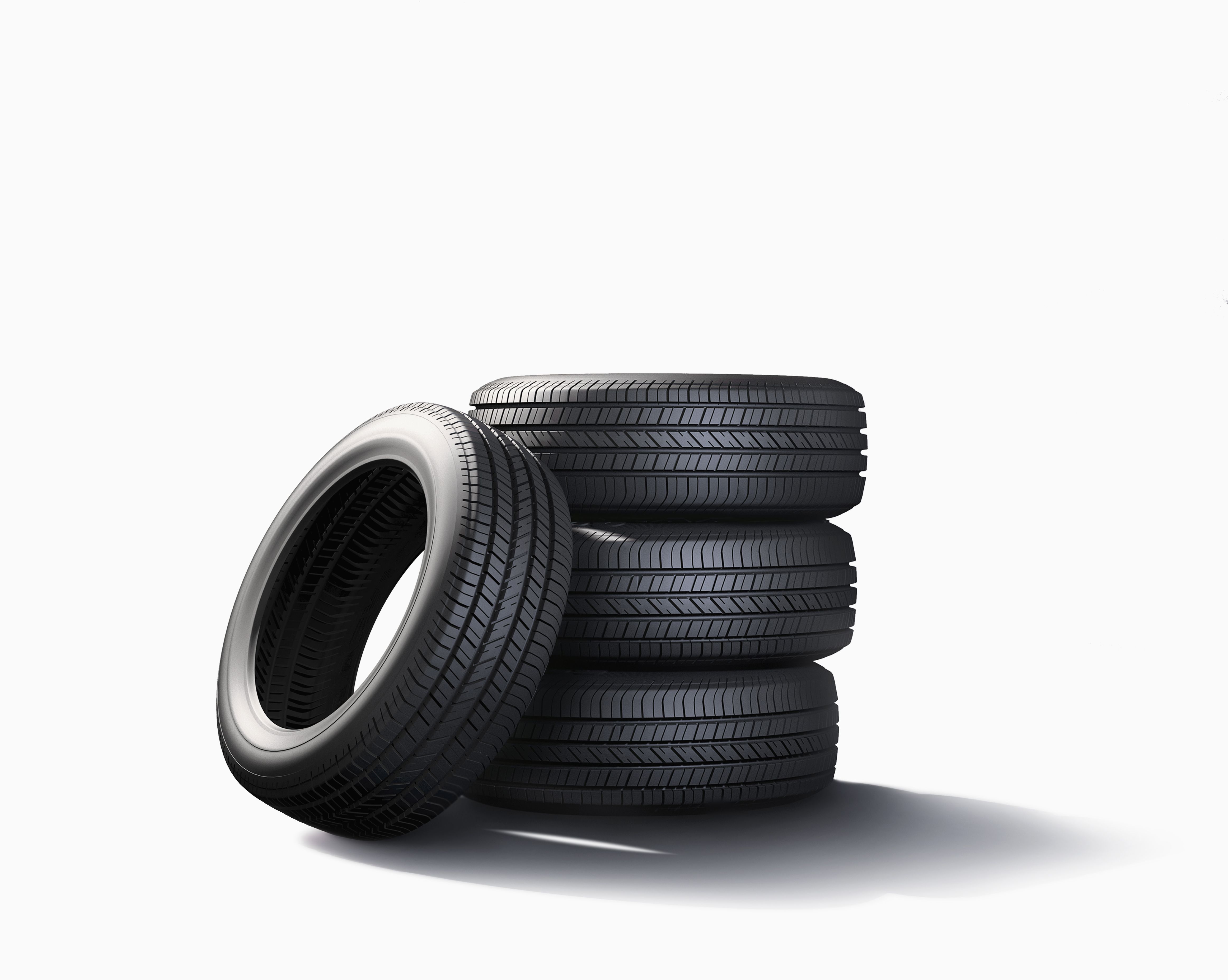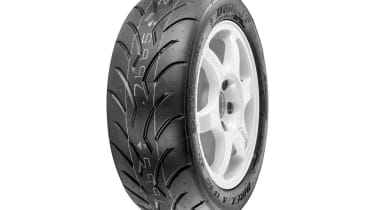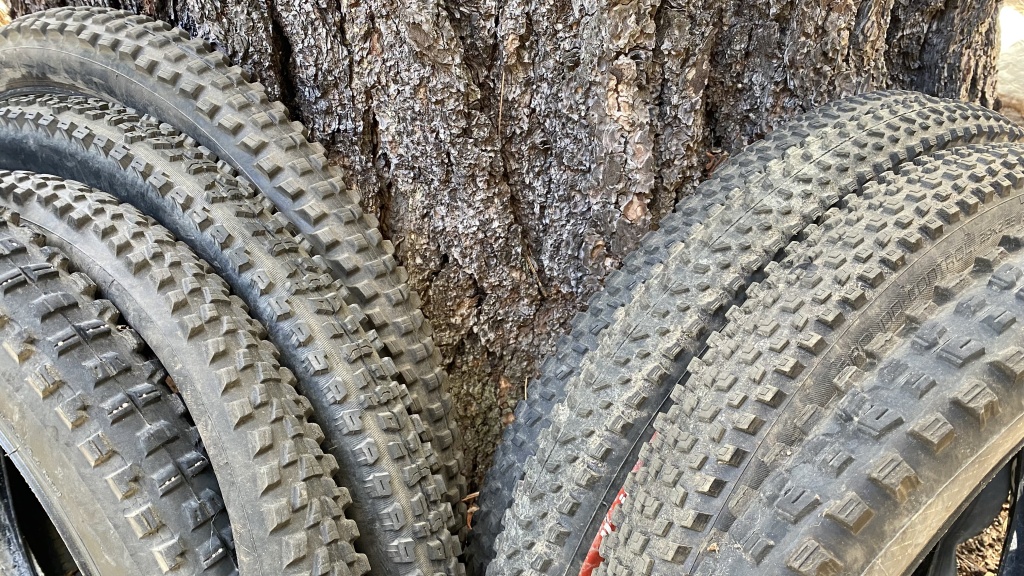All Categories
Featured
Table of Contents
I was able to get 100 hours out of one of these tires, and while it had absolutely no tire lugs left on it, the soft substance made it function very wellas long as I was using a soft mousse. Kitt Stringer image Easy installing - 3Wear - 3Sidewall strength - 3Performance on origins - 4Performance on damp rocks - 2Traction on dust - 5Cornering capability - 4Traction while stopping - 4Self-clearing of dust and mud - 3Performance in mud - 3Overall predictability or monitoring - 3 _ 37 Verdict: This is an excellent all-around tire with excellent value for money.

The wear was regular and I like the length of time it lasted and just how consistent the feel was throughout use. This would certainly additionally be a great tire for faster races as the lug dimension and spacing bit in well on rapid terrain. Kitt Stringer photo Easy placing - 3Wear - 3Sidewall toughness - 3Performance on origins - 4Performance on wet rocks - 4Traction on dirt - 4Cornering ability - 4Traction while braking - 5Self-clearing of dirt and mud - 4Performance in mud - 4Overall predictability or tracking - 4_42 Final thought: I liked this tire a lot.
If I had to acquire a tire for difficult enduro, this would be in my top option. Easy installing - 3Wear - 3Sidewall stamina - 3Performance on origins - 4Performance on wet rocks - 3Traction on dust - 4Cornering ability - 3Traction while braking - 3Self-clearing of dirt and mud - 4Performance in mud - 4Overall predictability or monitoring - 3 _ 34 Verdict: This tire was really soft and flexible.
All the gummy tires I evaluated executed fairly close for the initial 10 hours or so, with the victors going to the softer tires that had far better traction on rocks (Tyre performance). Purchasing a gummy tire will certainly give you a solid advantage over a normal soft substance tire, however you do spend for that advantage with quicker wear
Tyre Sales – Swan 6063 WA
This is an excellent tire for springtime and autumn problems where the dirt is soft with some moisture still in it. These proven race tires are terrific all about, yet use quickly.
My general champion for a difficult enduro tire. If I needed to invest money on a tire for day-to-day training and riding, I would certainly select this one.
Best Tyre Balancing Near Me (Beechboro WA)
I've been running a set of Michelin Power Pilot 2CT's on my track Daytona 675 for the past year. Because time I have actually done 15 track days in all climates from chilly wet to super hot and these tires have never missed a beat. Tyre warranty. I have actually done nearly 2,000 miles (3,200 km) on them and as you can see from this shot of the front taken after initial session of my 15th track day on them, they still have rather a great deal of rubber left on them
Simply put the 2CT is a fantastic track day tire. If you're the sort of rider that is most likely to run into both damp and dry problems and is starting on track days as I was last year, then I think you'll be tough pushed to discover a far better worth for cash and skilled tire than the 2CT; a pair of which will set you back around 185 (US$ 300) in the UK.
Coming up with a much better all round road/track tire than the 2CT have to have been a tough job for Michelin. The result of that initiative is the Michelin Pilot Power 3 which essentially changes the Pure. Do not perplex this new tire with the roadway going Pilot Roadway 3 which is not developed for track usage (although some motorcyclists do).
They inspire massive confidence and supply remarkable grasp levels in either the wet or the completely dry. When the Pilot Power 3 introduced, Michelin advised it as a 50:50% road: track tyre. That message has recently altered due to the fact that the tyres are now recommended as 85:15% roadway: track use rather. All the rider reports that I've checked out for the tire rate it as a much better tyre than the 2CT in all areas however specifically in the damp.
Reliable Low-cost Tyres
Technically there are many distinctions between the two tyres even though both utilize a double substance. Visually you can see that the 2CT has fewer grooves reduced right into the tire however that the grooves run to the side of the tire. The Pilot Power 3 has more grooves for better water dispersal however these grooves do not reach the shoulder of the tyre.
One aspect of the Pilot Power 3 which is various to the 2CT is the brand-new 2CT+ technology which extends the harder center area under the softer shoulders (on the back tyre). This should offer extra security and minimize any "wriggle" when accelerating out of corners despite the lighter weight and even more adaptable nature of this new tire.

Although I was slightly dubious about these lower pressures, it ended up that they were great and the tires performed really well on the right track, and the rubber looked better for it at the end of the day. Equally as a factor of reference, various other (fast team) riders running Metzeler Racetecs were using tyre pressures around 22-24 psi for the back and 24-27 psi on the front.
Coming up with a much better all rounded road/track tire than the 2CT need to have been a hard job for Michelin. The result of that effort is the Michelin Pilot Power 3 which basically changes the Pure. Don't confuse this new tire with the road going Pilot Roadway 3 which is not designed for track use (although some cyclists do).
Honest Tyre Rotation Services
When the Pilot Power 3 launched, Michelin advised it as a 50:50% roadway: track tire. All the biker reports that I've checked out for the tyre price it as a much better tyre than the 2CT in all areas yet especially in the wet.

Technically there are many distinctions in between the 2 tires although both utilize a twin substance. Aesthetically you can see that the 2CT has less grooves reduced into the tire however that the grooves run to the edge of the tyre. The Pilot Power 3 has more grooves for better water dispersal yet these grooves do not reach the shoulder of the tire.
One element of the Pilot Power 3 which is different to the 2CT is the brand-new 2CT+ modern technology which expands the harder center area under the softer shoulders (on the back tyre). This need to provide a lot more security and decrease any "agonize" when accelerating out of corners in spite of the lighter weight and more versatile nature of this brand-new tire.
Although I was slightly dubious regarding these lower stress, it transformed out that they were great and the tires done truly well on course, and the rubber looked far better for it at the end of the day. Equally as a factor of recommendation, other (rapid team) motorcyclists running Metzeler Racetecs were using tyre stress around 22-24 psi for the back and 24-27 psi on the front
Latest Posts
Leading Wheel Balancing
Affordable Tyre Shop Services – Stirling 6059 WA
Discount Tyres – Wanneroo